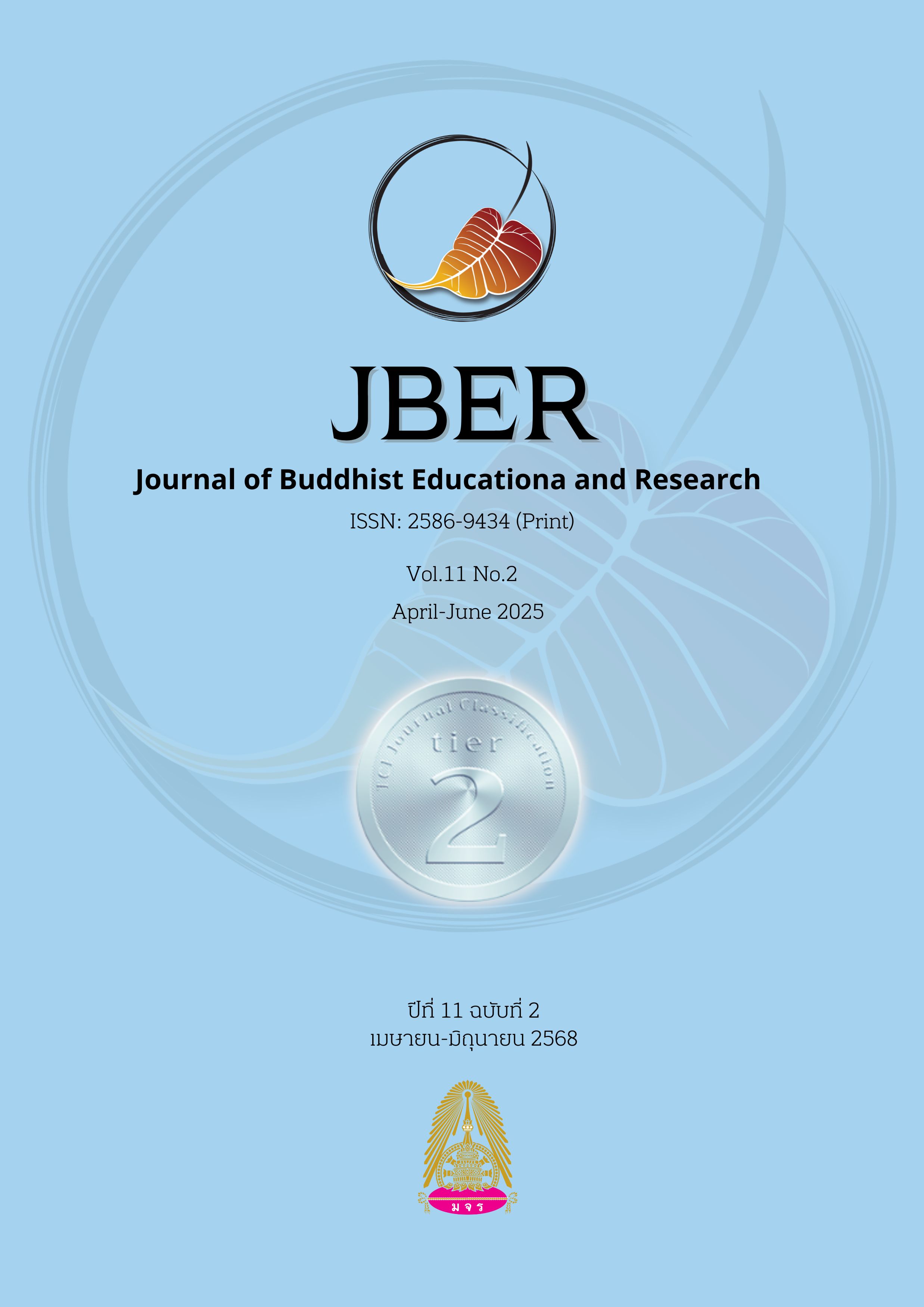The Current Situation of Speech Level Singing Method in the Popular Singing Major at Xinghai Conservatory of Music, Guangzhou City
Abstract
This paper aims to study the current situation of speech level singing method in the popular singing major Xinghai Conservatory of Music Guangzhou City, Guangdong. This paper creates research tool, and interviews data research to find the effectiveness of the manual. This research employed a qualitative method, to use in-depth interviews three key informants from Xinghai Conservatory of Music, and classroom observations, to gather the opinions and experiences of students and teachers on the SLS singing method. In-depth interviews provide more detailed insights, while classroom observations observe the teaching process and student learning performance. The result found that, through continuous laryngeal alignment and seamless vocal register changes, The Speech Level Singing (SLS) method teaches vocalists to replicate natural speech with their vocal cords. Conclusion, Teachers must adapt The Speech Level Singing (SLS) method exercises to individual needs, break bad habits, balance technique and artistry, and adapt to diverse genres. The Speech Level Singing (SLS) method is relevant for speech and singing processing applications, such as natural vocal production and vocal health monitoring. It can also be integrated into apps that track vocal strain or fatigue, helping singers maintain healthy habits during practice and performance.
References
Feng, Y., & Damdindorj, T. (2024). Countermeasures suggestions for improving music teaching in Chinese universities. International Journal of Social Sciences and Public Administration, 2(3), 328-334.
Gurel, S., & Şakalar, A. (2025). Evaluation of vocal health, voice control, and sustainability in voice training using the Speech Level Singing method. Yegah Muzikoloji Dergisi, 8(1), 104-125.
https://doi.org/10.51576/ymd.1577684
Katz, M. (2019). Speech Level Singing of Seth Riggs: Specificity of the pedagogical method. https://doi.org/10.35940/IJRTE.
Lau, F. (2023). Chinese music modernities. In The Oxford handbook of music in China and the Chinese diaspora (pp. 155).
LoVetri, J., & Weekly, E. M. (2003). Contemporary commercial music (CCM) survey: Who’s teaching what in nonclassical music. Journal of Voice, 17(2), 207-215.
McClellan, J. W. (2011). A comparative analysis of speech level singing and traditional vocal training in the United States [Doctoral dissertation, The University of Memphis].
Song, Y., & Tai, K. H. (2023). A study of two types of vocalization methods: Speech Level Singing (SLS) and Complete Vocal Technique (CVT). Journal of the Korea Academia Industrial Cooperation Society, doi:10.5762/kais.2023.24.1.255
Wu, J., & Li, X. (2022). Tonal language adaptations in vocal pedagogy. Chinese Journal of Musicology, 19(2), 88-102.
Downloads
Published
How to Cite
Issue
Section
Categories
License
Copyright (c) 2025 Journal of Buddhist Education and Research (JBER)

This work is licensed under a Creative Commons Attribution-NonCommercial-NoDerivatives 4.0 International License.





